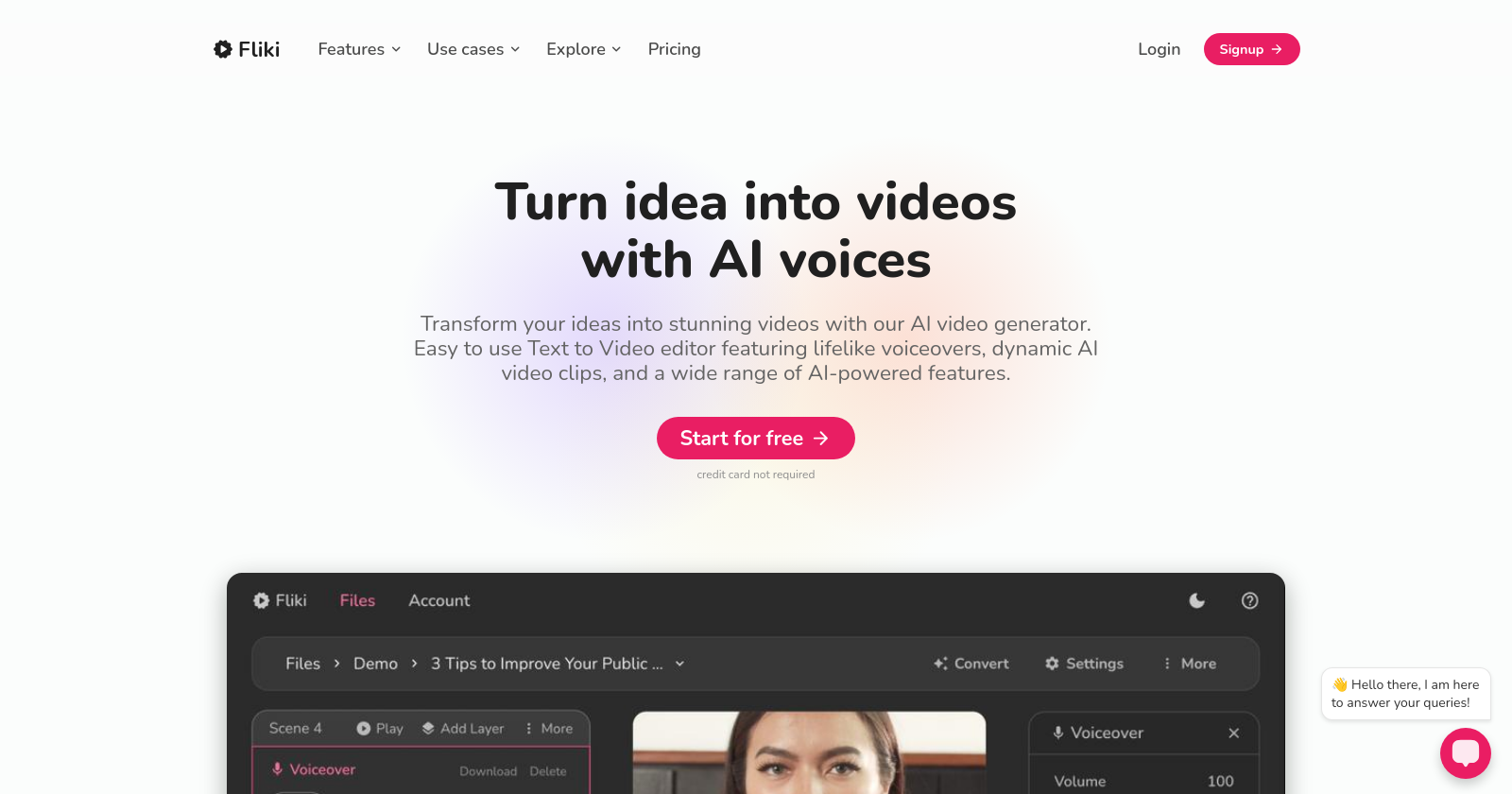In today’s digital age, the demand for high-quality audio content is skyrocketing. The new AI software that transforms text into realistic voiceovers is revolutionizing the way we create and consume audio. This innovative technology leverages advanced machine learning algorithms to convert written text into lifelike speech, making it an invaluable tool for content creators, marketers, and educators alike. With its ability to produce natural-sounding voiceovers, this software is set to change the landscape of audio production.
As you delve deeper into this article, you will discover the various features and benefits of this cutting-edge AI software. From its user-friendly interface to its customizable voice options, the software is designed to cater to a wide range of needs. Whether you’re looking to enhance your video content, create engaging podcasts, or improve accessibility for your audience, this technology offers solutions that can elevate your projects to new heights.
Furthermore, we will explore real-world applications of this AI voiceover software, showcasing how businesses and individuals are harnessing its power to streamline their workflows and enhance their storytelling capabilities. By the end of this article, you will have a comprehensive understanding of how this technology works and how it can benefit you. So, keep reading to unlock the potential of AI-driven voiceovers and transform your content creation process!
The Technology Behind AI Voiceovers
The advancement of AI technology has led to the development of sophisticated algorithms that can convert text into speech. These algorithms utilize deep learning techniques, particularly neural networks, to analyze and synthesize human-like voices. By training on vast datasets of recorded speech, the software learns the nuances of pronunciation, intonation, and emotion, resulting in voiceovers that sound remarkably realistic.
Moreover, the integration of natural language processing (NLP) allows the AI to understand context and deliver voiceovers that are not only accurate but also engaging. This technology is revolutionizing industries such as entertainment, education, and marketing, where high-quality voiceovers are essential for effective communication.
Applications of AI Voiceover Software
AI voiceover software has a wide range of applications across various sectors. In the entertainment industry, it is used for dubbing films and creating audiobooks, providing a cost-effective solution for voice talent. In education, AI-generated voiceovers enhance e-learning platforms, making content more accessible and engaging for students.
Additionally, businesses are leveraging this technology for marketing purposes, creating personalized advertisements and interactive voice responses for customer service. The versatility of AI voiceovers makes them an invaluable tool for enhancing user experience and engagement across multiple platforms.
Benefits of Using AI for Voiceovers
One of the primary benefits of using AI for voiceovers is the significant reduction in production time and costs. Traditional voiceover processes often require hiring professional voice actors, which can be expensive and time-consuming. AI software eliminates these barriers, allowing businesses to generate high-quality voiceovers quickly and affordably.
Furthermore, AI voiceovers can be easily customized to suit different languages, accents, and tones, making them suitable for a global audience. This flexibility ensures that content can reach a wider demographic, enhancing its effectiveness and impact.
Challenges and Limitations of AI Voiceover Technology
Despite the impressive capabilities of AI voiceover software, there are still challenges and limitations to consider. One major concern is the lack of emotional depth in AI-generated voices. While the technology has improved significantly, it may still struggle to convey complex emotions or subtle nuances that a human voice can express.
Additionally, ethical considerations arise regarding the use of AI-generated voices, particularly in contexts where authenticity is crucial. Ensuring that AI voiceovers are used responsibly and transparently is essential to maintain trust with audiences.
Future Trends in AI Voiceover Technology
The future of AI voiceover technology looks promising, with ongoing advancements in machine learning and voice synthesis. Researchers are exploring ways to enhance emotional expression in AI-generated voices, making them even more lifelike and relatable. This could lead to more immersive experiences in gaming, virtual reality, and interactive storytelling.
Moreover, as AI continues to evolve, we can expect to see increased integration with other technologies, such as augmented reality and chatbots, further expanding the possibilities for voiceovers in various applications.
How to Choose the Right AI Voiceover Software
When selecting AI voiceover software, it is essential to consider several factors to ensure it meets your needs. First, evaluate the quality of the voice output. Look for software that offers a variety of voice options, including different accents and tones, to find the best fit for your project.
Additionally, consider the user interface and ease of use. A user-friendly platform can significantly enhance your workflow, allowing you to focus on content creation rather than technical challenges. Finally, assess the pricing structure and any additional features, such as customization options and integration capabilities, to make an informed decision.
| Feature | Description |
|---|---|
| Introduction | Recent advancements in AI technology have led to the development of software that can convert written text into realistic voiceovers, enhancing various applications such as audiobooks, video content, and virtual assistants. |
| Technology Used | The software utilizes deep learning algorithms and neural networks to analyze text and generate human-like speech patterns, intonations, and emotions. |
| Voice Customization | Users can choose from a variety of voice options, including different accents, genders, and age groups, allowing for personalized voiceovers that suit specific needs. |
| Applications | This technology is widely used in industries such as entertainment, education, and marketing, providing a cost-effective solution for creating engaging audio content. |
| Benefits | Key benefits include time efficiency, reduced production costs, and the ability to quickly generate voiceovers in multiple languages, making content accessible to a broader audience. |
| Challenges | Despite its advantages, challenges such as maintaining emotional authenticity and addressing ethical concerns regarding voice cloning and copyright issues remain prevalent. |
| Future Prospects | As technology continues to evolve, we can expect even more sophisticated voice synthesis capabilities, potentially integrating with virtual reality and augmented reality applications. |



